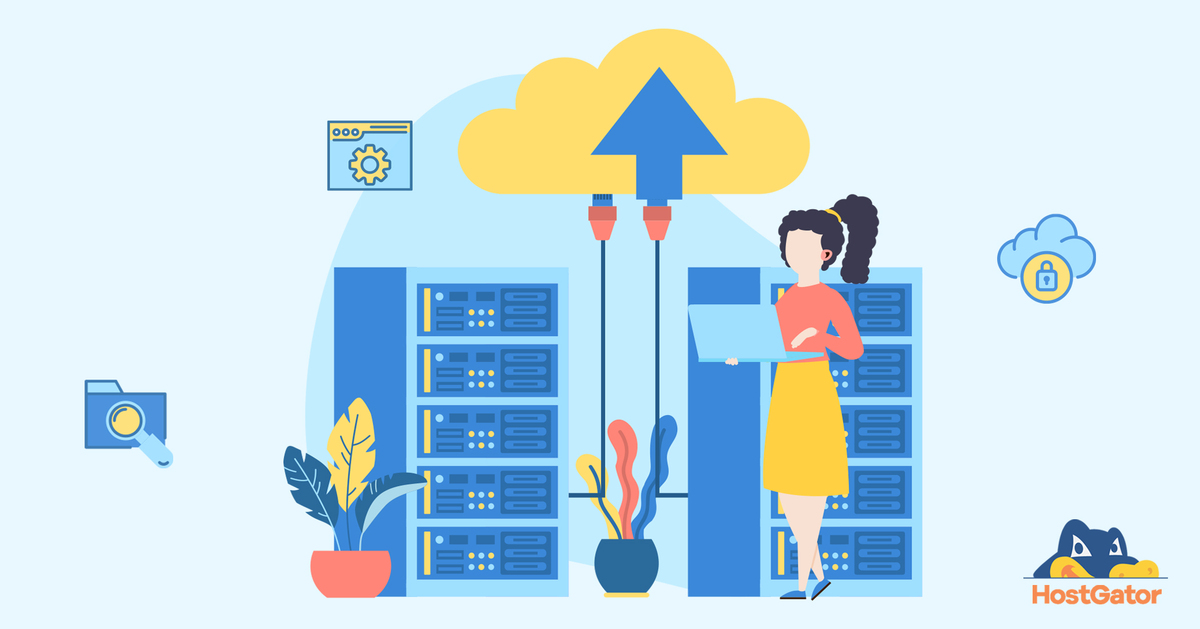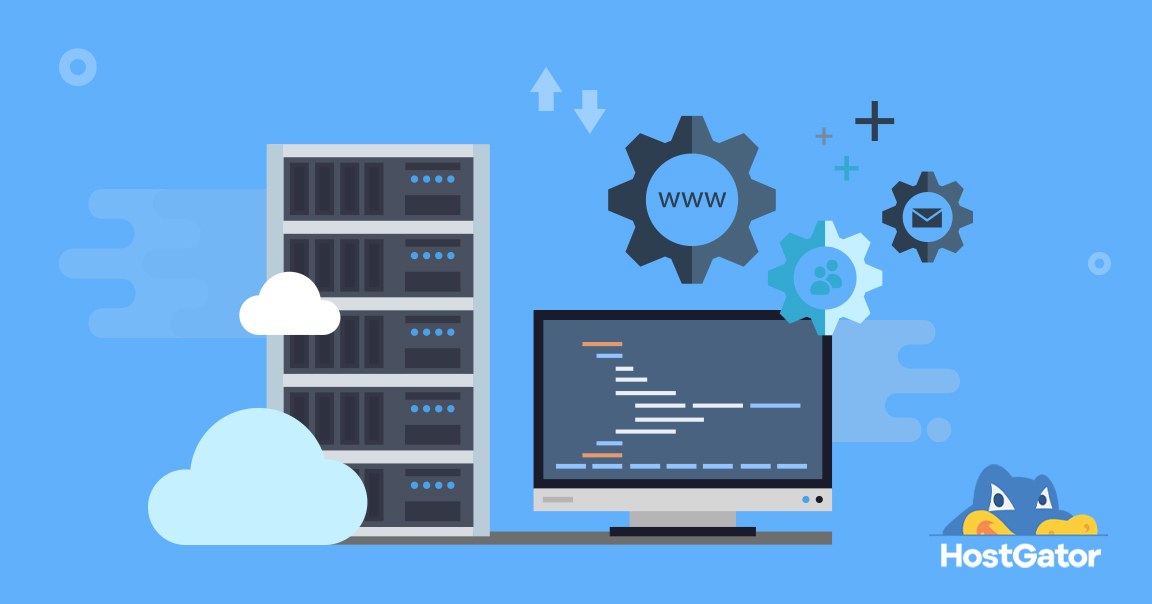Virtualization is the method of creating multiple virtual environments from a single pool of hardware resources. This is achieved by using a software called a hypervisor. It’s a software that sits directly on the bare metal and creates a layer of virtualization. Once this is done, it allows you to split the resources of the hardware into distinct environments. These environments are called Virtual Machines (VMs).
Basic Terminology of Virtualization
Host:
The host in a virtualization environment is the actual physical hardware. It houses all the resources like CPU, storage, and memory. It’s the actual ‘computer’ here. It is on this bare-metal hardware that the hypervisor sits.
Hypervisor in Virtualization:
It’s a software that creates the actual virtualization effect. This means that it takes stock of all the resources that the host has, and then treats them as one single pool. At this point, it is able to create virtual machines out of this pool.
It allocates the necessary RAM, storage, and CPU power to each individual Virtual Machine.
What are the Types of Hypervisors?
There are two basic types of hypervisors:
- Type 1: These hypervisors are directly installed on the host or bare metal. Because it’s the only piece of software, these hypervisors should have their own OS for booting and other important tasks. MS Hyper – V and VMware ESXi are some of the popular Type 1 hypervisors.
- Type 2: These are called hosted hypervisors, and they are installed on an operating system that’s already running on the host. Type 2 hypervisors are preferred if multiple operating systems need to run on the hardware. VirtualBox and VMware Workstation are some popular products here.
What is a Virtual Machine (VM) or Guest Machine?
A virtual machine doesn’t really exist in hardware. It’s a machine that is created through software, and as such, it resides within that software. Even though there’s no direct connection to any hardware, VMs are powered by them. It’s just that the resources are routed through a Hypervisor. Many VMs can run by sharing the same hardware resource. Each VM behaves like an individual PC or server. In fact, a VM can never tell if it’s another VM. From creating a virtual office to using it as a testing ground, VMs have a wide array of real-life applications.
How Does Virtualization Work?
Let’s look at this with an example. Let’s say that you have a server and virtualization software. Once you install the software on the bare metal or on an OS (depending on the type of hypervisor you have), you have a host. The host provides all the hardware resources while the hypervisor manages it. So, let’s say that you have software that you want to test in twenty different conditions. You just create twenty VMs.
The hypervisor will take the overall resources into account and split them between these twenty VMs. At this point, you have twenty machines that all work exactly like a computer. Once all your work is done, you can simply end that session. Each VM is a single data file for the host and is treated as such.
This means that this file (individual VM) can be moved, copied and pasted, and deleted with relative ease. In fact, you can actually ‘copy’ a file (VM) and ‘paste’ it on another computer, and you’ll see that it works exactly the same. Let’s say that one of the twenty VMs needs more resources. All that it does is relay this information to the hypervisor. The hypervisor then changes the allocation of resources to accommodate the request. All of this happens in real-time, of course.
Benefits of Virtualization
- Optimal use of resources:
Before virtualization became mainstream (the late 90s and early 2000s), every application needed a separate physical CPU and server. These servers couldn’t be used for anything else, and the application couldn’t use all of the server capabilities. Talk about a lose-lose situation. With virtualization, that’s all changed now. One server can have multiple VMs installed, and each of these VMs can run whatever application is needed. All this on a single server. Virtualization has ushered in an era where every single server is used to its limit. - Little to no downtime:
Applications crash and so do the operating systems. In a virtualized environment, this isn’t a problem. You can have multiple redundant VMs running at the same time. When one fails, the redundant VMs can be used. However, having redundant physical servers isn’t that easy. - Quick implementation:
If you want a new VM, it takes a few minutes. If you want a new, physical server, it will, at least, take a few days. You have to buy the actual hardware, then install relevant software, configure all of it, and only then can you even begin to think of using it.
Virtualization and Web Hosting
Web hosting and cloud computing are two industries that have benefited a lot from virtualization technology. Before virtualization, creating and maintaining a website was difficult, time-consuming, and more importantly, quite expensive. For every website, you needed to have a server of your own. If you had the server, you needed to learn how to work it and how to maintain it. This was expensive, and the fact is small businesses simply couldn’t afford to host websites like that.
It wasn’t until about 1995 that hosting companies came into existence. Even then, Shared Hosting and VPS Hosting weren’t really everywhere. It was only after virtualization became mainstream that Shared Hosting really took off, and small businesses started to go online.
In web hosting, virtualization has a simple yet key role to play. Let’s look at VPS or Virtual Private Server Hosting as an example. You are allocated a certain amount of RAM, storage, and computation power. This is done using virtualization. A hypervisor will create a new VM — your website. This VM is allocated fixed resources while the rest of the server remains available for anyone else who wants it. This process continues until the resources of the server run out.
As the resources start to run out, the company is notified so that they can add more resources to the server. All the leading web hosting companies that have popular VPS Hosting plans have a great virtualization setup. This is because, ultimately, it is the server virtualization technology that makes modern web hosting possible and affordable.
VPS Hosting plans from HostGator implement server virtualization powered by a KVM-based hypervisor. Enjoy complete account isolation, dedicated resource allocation and seamless scalability of the resources, along with full root access to the server. If you have any further queries regarding virtualization or wish to share your experience of working with virtualization, kindly leave a comment below.
To know more about the other web hosting categories and to choose the right option for your business, visit our Hosting Blogs Category.









